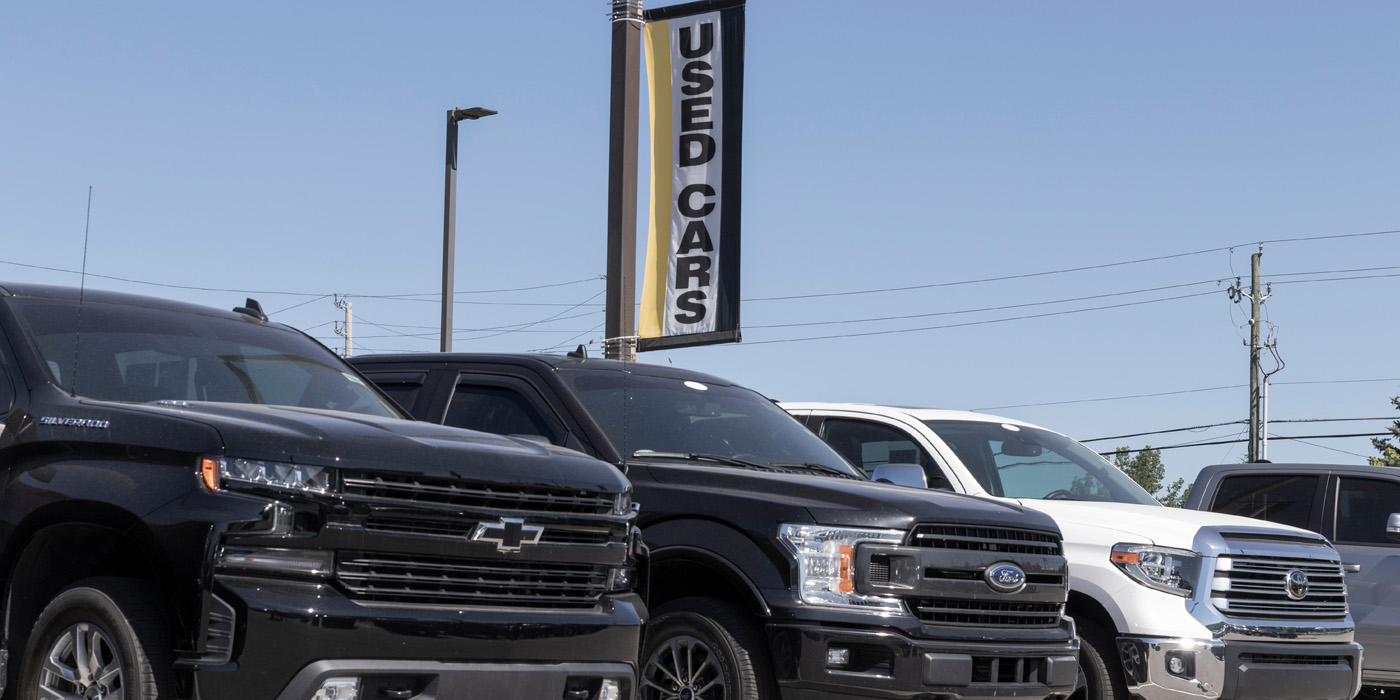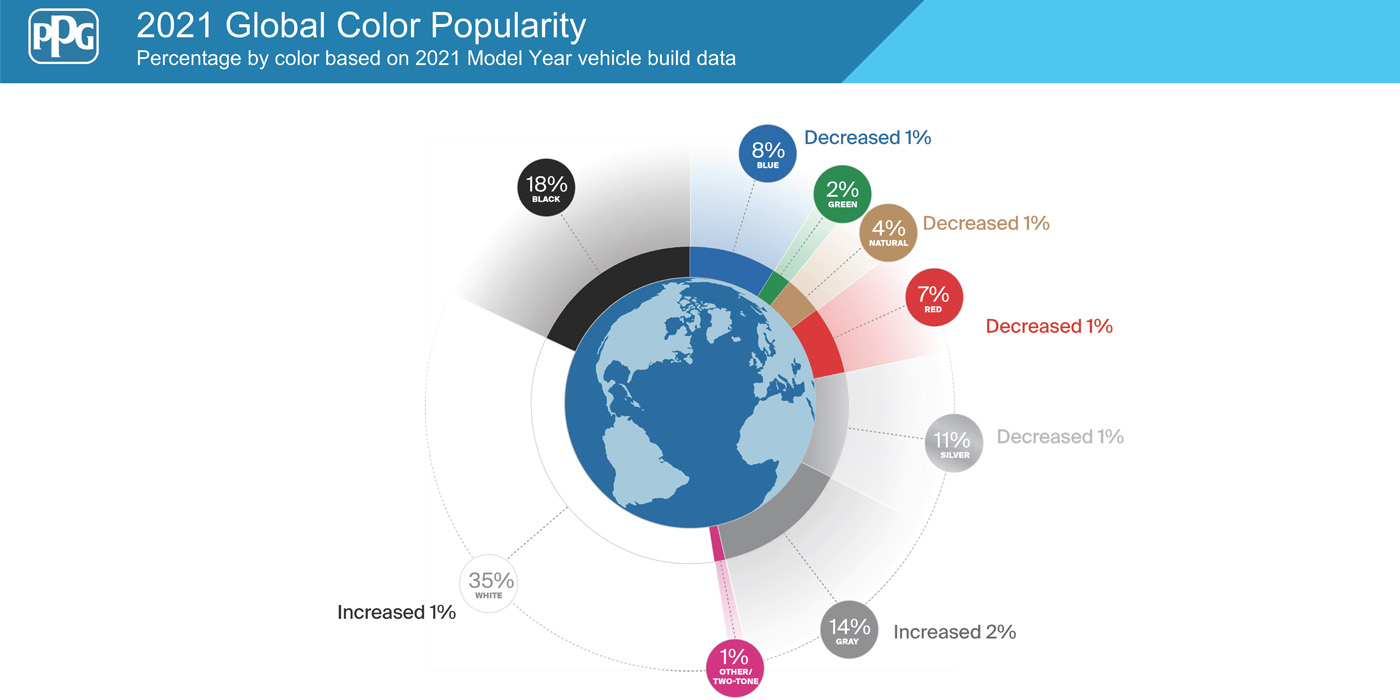This is always an important topic to discuss, because I consider excellent customer service one of the most important tools you can have to earn trust, respect and repeat business from the customers that come through your door. Whether that customer is do-it-yourselfer from across town or the professional repair shop across the street, your business depends on a solid relationship.
It’s a subject that I am passionate about, and it’s one that many people are losing touch with. Whether you are communicating to someone in person, on the phone or using some type of social media, good customer service and bad can both exist. You can’t afford the latter, so this is the first in a series of topics which can and should be shared from the front of the shop to the back. No matter which role you hold, you represent the shop and yourself. Customer service should be your number one priority.
First on the list is the greeting. From the second a customer walks in the door, they need to know you appreciate them coming in and how important they are to your business. First impressions are everything and here’s the correct way to do it each and every time: look them directly in the eye, smile and say hello!
Of course, you can say “Good morning” or “Welcome to Joe’s Autocare,” but it should be a formal greeting and the most important thing is that you have smiled, looked them in the eye and recognized that they have walked through the door.
You should always retain a formal greeting until you are on a first-name basis with a customer. Only once you have established that level of relationship is it OK to use the less formal greeting of “Hi,” followed by the person’s name.
This greeting does more than just indicate respect and appreciation for someone walking through the door. Most likely there are customers both new and old who are in earshot of your conversation. For newer customers, this continues to build rapport and reinforce their positive view of your shop; they see that you demonstrate respect and treat everyone in the same manner. For repeat customers, even ones that have been coming for years, the greeting is important because the way you treat them is the reason they continue to come.
And when a long-time customer comes in and you greet them with “Hi [First Name],” this indicates your appreciation for them and that you’re glad to see them as a person, more than just a customer. New customers that witness this will see that your repeat customers are comfortable enough to be on a first-name basis, another indication of the trust they have in you.
If you impress someone with remembering their name and what you did last to their car, you just built a skyscraper of rapport.
There are certain situations where you will always greet someone by Mr., Mrs. or Miss., and that is usually after you have seen them often enough to remember their name, but before you know them on a first-name basis. Many people will say, “Just call me [First Name],” letting you know it’s OK, but until then it’s a sign of respect to use a formal greeting. In some cases, you may always use the formal; it can vary from person to person.
When thinking about the greeting, keep in mind that many people are uncomfortable walking into an unknown situation. They are probably already stressed because their car is broken, and they know it’s going to cost them money. And they may have never been to your shop or been there too often. Your greeting puts them immediately at ease and indicates, especially if there are other people waiting (and this is very important), that you have acknowledged they are there. They’ll be comfortable knowing that you’ll get to them as soon as possible.
It’s going to happen, often enough, that you will either be on the phone, right in the middle of explaining something to a customer or have your back turned at the moment someone walks in. If you’re on the phone, it’s easy. Simply smile and wave. That’s all it takes. Don’t use a phone call as an excuse to ignore and not initiate a greeting. You’ll probably even have coworkers that do this, hoping they won’t have to wait on this person. Advice for you: don’t. It’s a sign of weakness.
Once you’re off the phone, be sure to make an audible greeting and let them know how long it will be until you are available to help. If you’re currently talking to a customer when someone walks in, you don’t have to stop abruptly or cut them off to make a greeting, but don’t take too long. Wait just until you finish a thought and squeeze in a quick audible greeting, such as, “I’ll be with you in just a couple minutes, sir.”
One of my favorite tricks as a service writer is to always be alert and pay attention to cars as they pull up. Try to jot down the license if possible. There’s a good possibility that you will recognize cars before you remember someone’s name. You may remember that the car was in and you may recognize the person, but that’s it. If you’re quick on the fingers, before they get in the door, you can do a license plate search and bring up their name and also see what was done last.
If you impress someone with remembering their name and what you did last to their car, you just built a skyscraper of rapport. They’ll never know you “cheated.”
Heres’ another trick, even if you only had time to jot down the license number and you greeted someone, “Welcome to Joe’s Autocare, I’ll be right with you,” this indicates to someone that you are finishing something up and will let them know when you are ready. Even if you buy yourself 10 seconds, you can look up the license plate, then you can say, “I can help you now Mr. Smith. We did brakes just last month, right?”
Perhaps the most critical is that you always smile and greet your customers, no matter what. I don’t care how bad a day you are having, or if you had a difficult situation with the last customer. It doesn’t matter. Let it go and concentrate on whomever just walked in the door.
Your greeting is your first impression. Just like a strong handshake, dressing nicely and being on time for a job interview, this is your chance. Don’t blow it. You are, for all practical purposes, walking into a job interview. You are looking for a job and your customer is doing the hiring.
Customer service. That’s how it’s done.









